Full Spectrum Light Source of Artificial High CRI
Color is beautiful, our lives are always surrounded by a rainbow of colors, but it also affects our lives in many aspects. People tend to pick their favorite color or the color that fit them most when buying clothes; we judge whether a certain food is fresh from its color; you can tell someone’s health condition from his face color.
How to get the most realistic color perception? First, let’s analyze the principles of how human eyes perceive a certain color of an object. The color presented by an object color has a certain relationship with the wavelength of the light being absorbed. Substances are showing colors precisely the complementary color of the light is absorbed. Because the human eye percepts color based on the reflectance spectra of objects launched into retinal cells causing human eye reaction. Normal human retinal cells can distinguish about 150 different colors between 380-760nm wavelength span, with each color corresponding to certain wavelengths of light.
Therefore, to get the perfect color view, it is necessary to have perfect illumination devices to have the most genuine color presentation. Beijing Yuji International is dedicated to making high CRI and full-spectrum white LED light sources. Beijing Yuji’s high CRI LED lights dramatically improve the appearance of products by allowing colors to appear clear, vivid, and distinguishable all while consuming significantly less energy. The highest CRI LEDs are achieved through a violet emission (405 nm) chip and red+ green + blue phosphor conversion, where the CRI values reach up to 98, with all Ra values (1-15) above 90. Below is a comparison between a 5600K Yuji VX LED, a competing 5600K blue LED, and a “daylight” 5000K CFL. Unlike the others, the Yuji VX LED provides full, even coverage across the spectrum, including the deep violet and deep red regions.
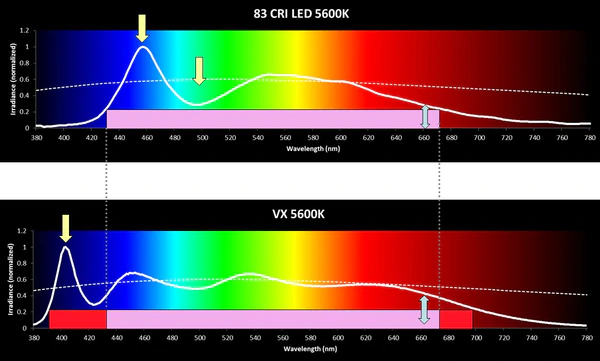
Although in the general lighting field, the existing ordinary LED already meets the basic needs of the public. But we can foresee this particular full-spectrum LED’s potential applications on much special equipment. Such as those that need standard light sources like color measurement devices.
Even though color affects us so much, we are facing a variety of problems when expressing accurate color in color-related business transactions. For example, if we describe the red color of an object to someone else, people likely imagine many different red colors in their minds. Or we think it’s good for some color and we want all the other products to have the same color, how can we make sure to do this? We need a method or device to achieve color control.
Generally speaking, there are two ways of color measurement and control. First, the direct visual judgment by the color of the object within the color boxes and then contrast with the standard color; the other way is to convert colors into data by the color measuring instrument and read it directly.
General photoelectric detection equipment requires the appropriate light source according to the actual work. Different detection tasks require a different spectral range. In the optical systems of color measurement or imaging equipment, usually, the lights with the visible spectrum radiation similar to daylight such as halogen lamps and xenon lamps are used. With LED technology continuously developing, LED light sources are not only used for general lighting but are also increasingly being used in special optoelectronic devices. Compared to other conventional light sources, LEDs perform better with long life, and low calorific value, making them a good alternative to traditional light sources. But ordinary white LED using blue light chip 450nm excitation and 550nm yellow phosphor coverage lack a lower and higher band spectrum. We need full-spectrum LEDs to make a standard light source.
Color Controller Light Box
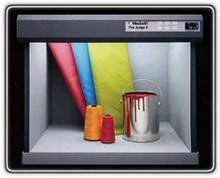
Color controller lightboxes are widely used in color-related industries like textile, printing, and painting areas to correct merchandise color deviation accurately. There are many standard light sources in the box including D65, TL84, TL83 CWF U30 UV FA, and so on.
Why do we need standard light to observe the color? Objects present different colors under a different light source. Natural light is the ideal light source to observe the color of an object because it contains all the spectrum ingredients to show colors. But to the constraints of time and environment, it is impossible to observe the color always in natural light. In most cases, people can only rely on artificial light with a spectral composition close to natural light, namely, the standard light source to observe the accurate colors. Usually, a standard light source has a color rendering index Ra> 90 and contains 5000Kor 6500K color temperature.
However, objects present different colors when observed under different light sources with different spectrum bands, so the observation of one color must be carried out under the same light source and controlled conditions. Each time we observe different goods with various colors, we need to replace the light source on the color box. However, if there is an artificial light source that can provide the full range of the visible spectrum, it can greatly simplify the standard method to observe different colors. Beijing Yuji’s LED technology provides a possible solution for this envisage.
Color Measurement Device
However, it is unreliable to distinguish colors with our naked eye, because there would be deviation of people’s visual sense, let alone color blind persons. We need a way to accurately represent the colors and make them understood by everyone, by which we can exchange color information smoothly, briefly, and accurately.
Spectrophotometer
Spectrophotometer, as color measurement device that can convert color into data and addressvarious issues related to the color, is the future trend for color reproduction and color management. Spectrophotometer application would be the trend of color reproduction and color management is the future.
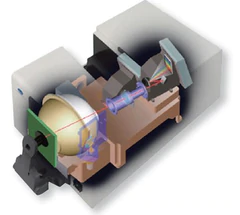

Generally, a spectrophotometer consists of the light source, monochromator, absorption cell, photometric part, output devices, and other components. A common spectrophotometer has a wavelength interval of 10nm or 20nm, the visible spectrum recorded is divided into about 30 sections. In some systems with high accuracy, the measurement interval may be smaller (to 1nm). Then in the field of illumination and observation that predetermined, measured the amount of light one by one for each band through the photoelectric detector, and then calculate the measured chromaticity value based on the reflection spectrum or transmission spectrum. Common WSF type of color measurement system for measuring various colors of the object, the standard light source used to have a wavelength range of 400-700nm, 380-780nm, 380-1100nm.
Colorimeter
A colorimeter is high-precision electronic equipment that can distinguish between different colors, suitable for measuring reflected color and color in every sector. It can meet a wide range of applications including ingredients, food, raw materials, finished products, medicine, and dermatology. A colorimeter can measure any color’s L *, a *, and b * values, based on which we can distinguish between different colors. There are many advantages to measuring the color of the flesh, such as data accuracy, objectivity, convenient operation, etc.
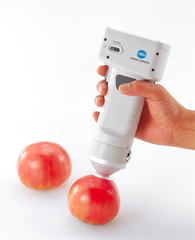

According to the principle of muscle flesh color formed, the color of muscle is mainly from myoglobin (about 2/3) and hemoglobin (about 1/3). Myoglobin itself is purple, it generates oxymyoglobin with bright red color after the center iron is combined with oxygen. Now we can say it is the color of fresh meat. But oxymyoglobin is further oxidized to myoglobin with Fe3+ presents dark brown after hours. Therefore, people can judge the fresh meat from the red color. However, for normal LED, it is hard to get a high R9 value which stands for the capability of presenting the red color. Most white LEDs on market have an R9 value lower than 70 or even minus. Beijing Yuji LED would be the perfect choice for this device because they can achieve R1-R15 values all above 90 by using violet chip exciting blue, green, and red phosphors.
Medical Device Light Source
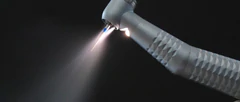
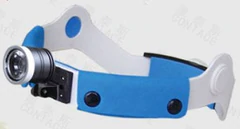
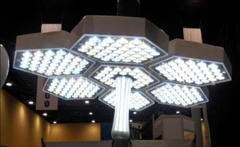
On some medical equipment, doctors had to use artificial light to observe the patient’s body. The light source used must reflect the true color of the patient’s body parts to help doctors make an accurate diagnosis. For example, dentists need to observe red gums in the mouth; plastic surgeon requires accurate observation of skin color; a surgeon has to observe the color of human organs affected area at the time of surgery. All these require a light source with high color rendering properties, particularly those with R9 and R13 values representing the red and skin colors at least> 90.
The general lighting in the operating room or ward also requires high CRI, and artificial light to create a full spectrum natural light environment as much as possible to alleviate the mental stress of patients and medical staff. Recently, some designers from Northern Europe are developing a lighting fixture that assembles LEDs with different spectrum bands and different color temperatures of 1900K-5600K LEDs light onto a PCB substrate full spectrum. This lamp can automatically adjust the brightness and color temperature according to the time through a special circuit design and dimming device to make the lighting environment intelligently match outdoor sunlight.
High CRI LED Light Source for Microscope
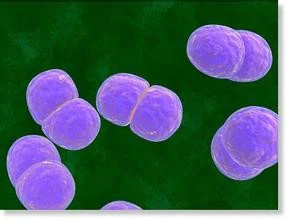
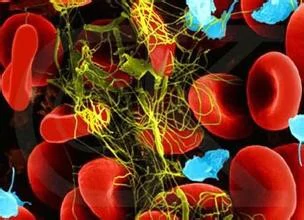
With the development of LED technology, there are already some instances on the market of LED applying to microscope light sources. LED has the advantages of low heat, long life, good light stability, and good uniformity of light output which makes LED suitable for microscopes. Some labs are conducting research regarding RGB LEDs to make adjustable color temperature microscope light sources. We can expect to use Beijing Yuji high color full-spectrum LED light source (only one type) to meet the requirement for the best microscope observation of different objects. Using both high and low color temperature LED uniformly mixed layout, we can achieve a variable color temperature of the microscope light source system.
